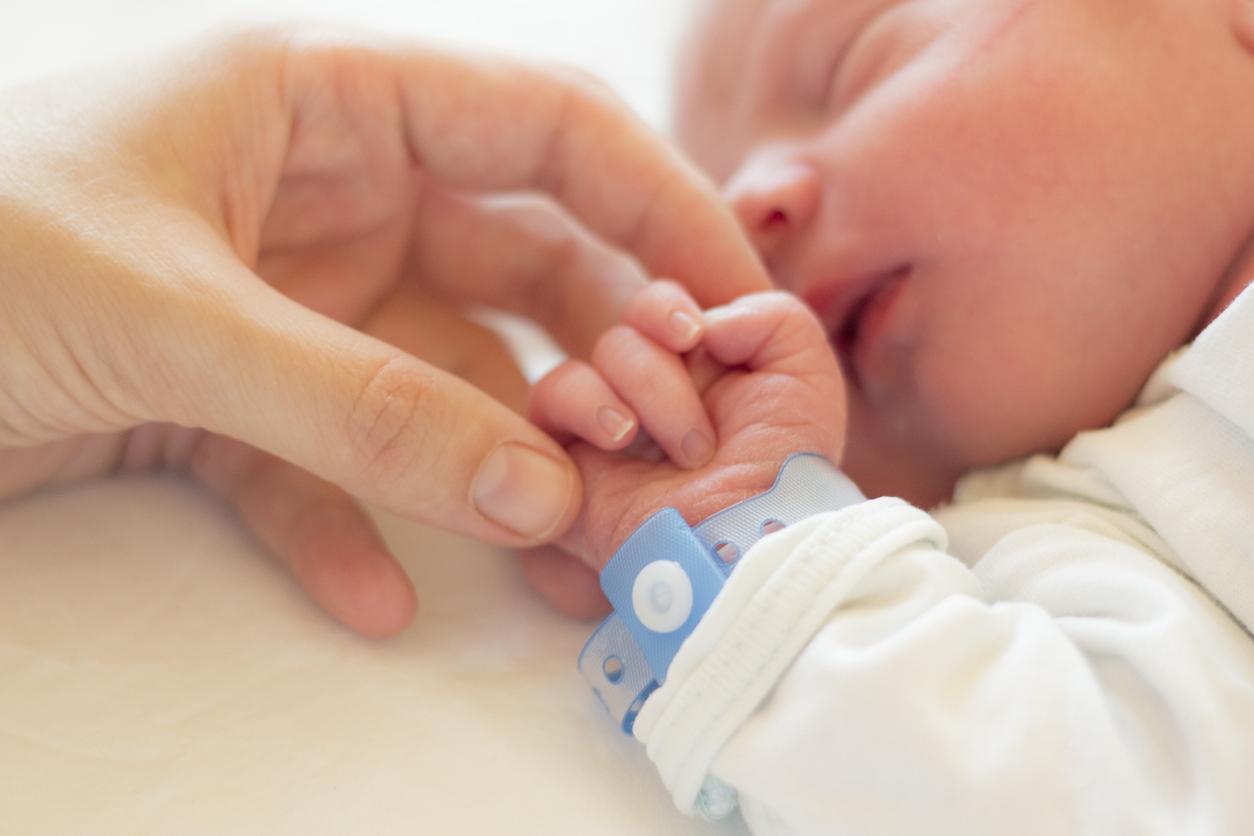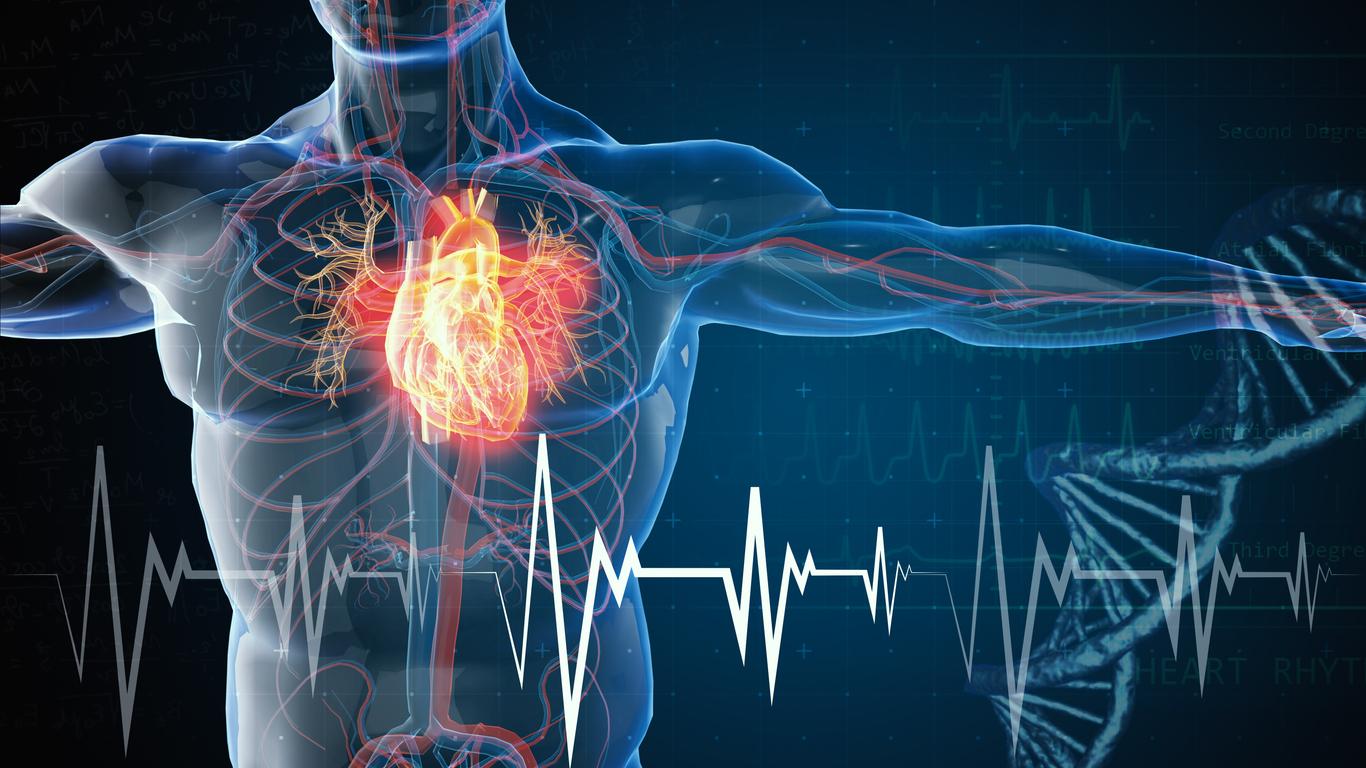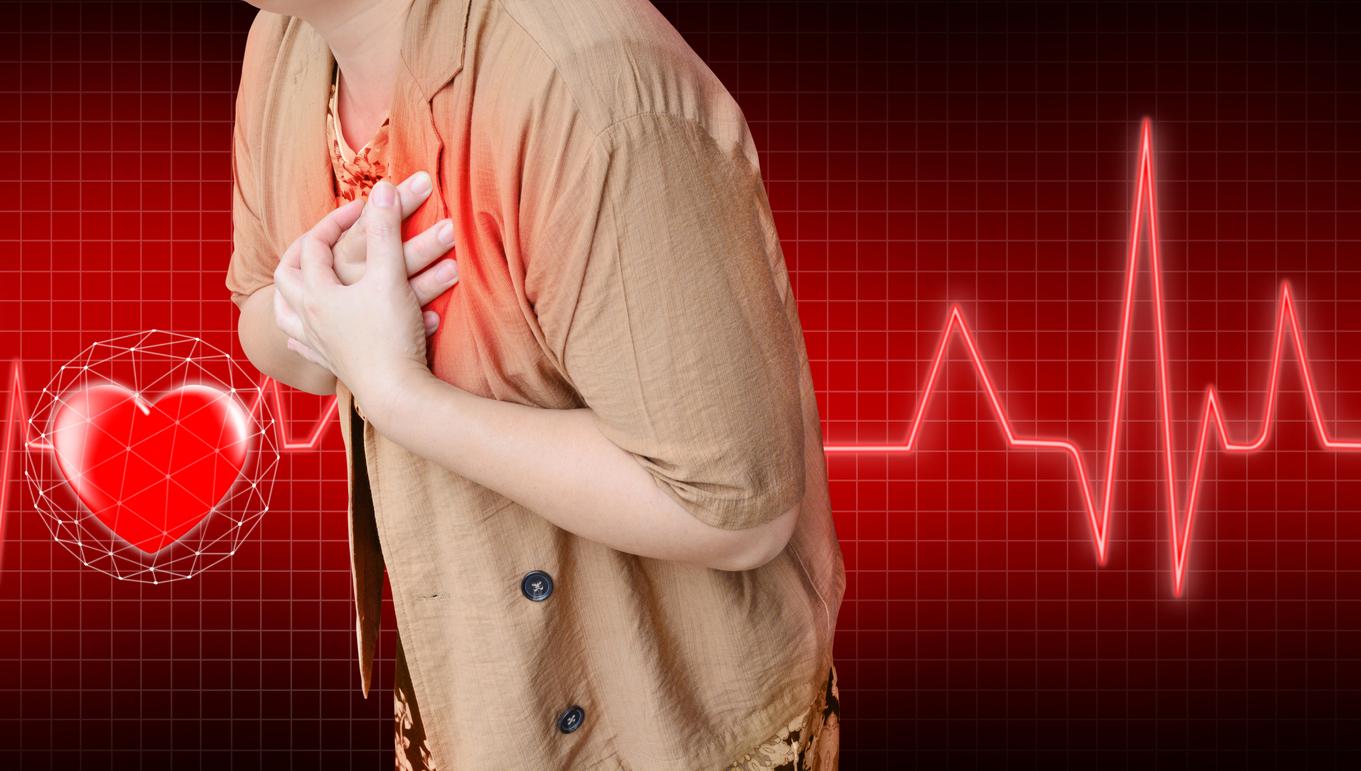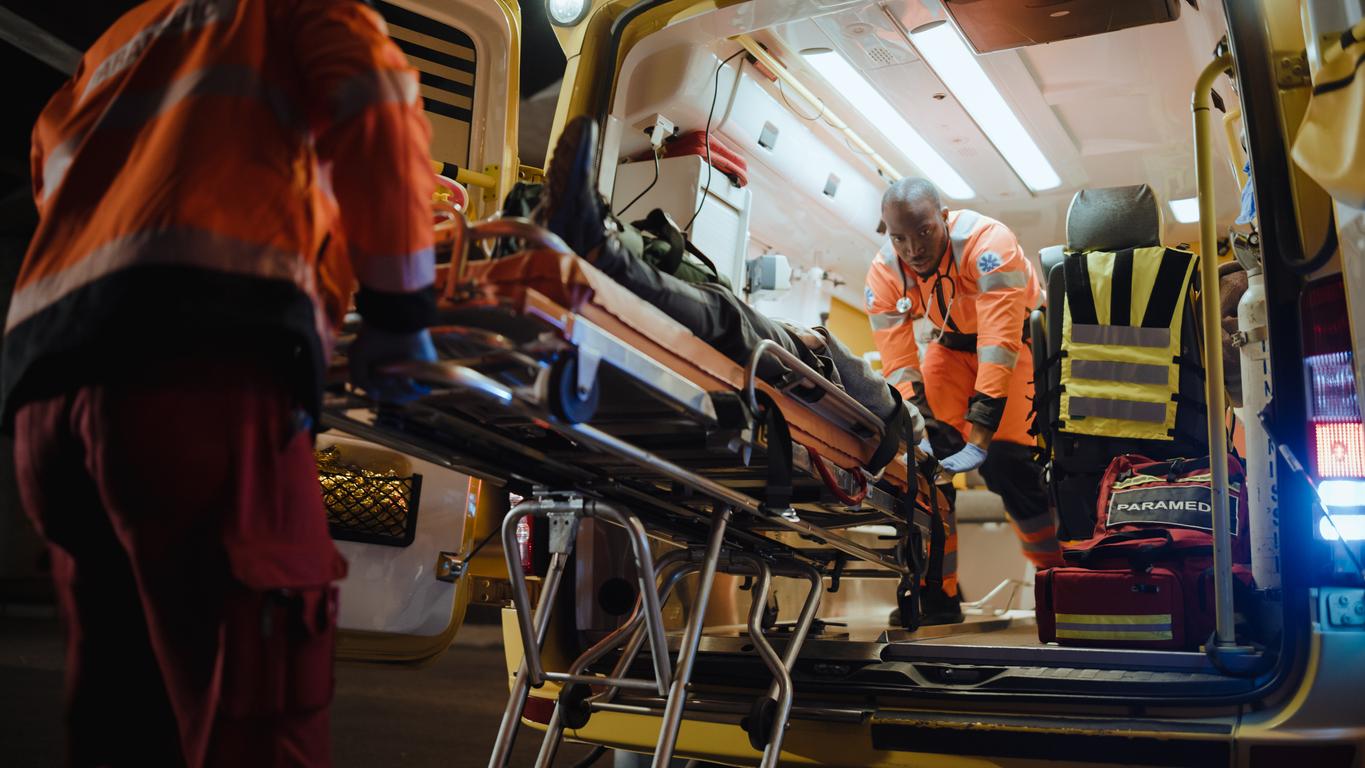A cardiac abnormality considered as not very dangerous, the prolapse of the mitral valve, is actually responsible for 12% of sudden deaths without an identified cause. A surprise for the doctors.

There is a very strong link between sudden death (when the heart suddenly stops beating) and a cardiac abnormality considered until now commonplace: mitral valve prolapse. This is what emerges from a study carried out by a team of researchers from the University of Adelaide.
Analyzing more than 7,600 studies on mitral valve prolapse, they found that 12% of people who died of sudden death without an obvious cause also had mitral valve prolapse. The study is published in Heart.
A frequent illness
Mitral valve prolapse is a common dysfunction that affects approximately 12 in 1,000 people worldwide. This anomaly is that the valves, which serve as a valve for the non-return valve located between the left atrium and the left ventricle (mitral valve), do not close harmoniously. Instead, they swell upwards in the left atrium (prolapse or ballooning). This is a common cardiac abnormality (1.% of the general population) and in many cases it does not cause any symptoms and so far did not require treatment.
“Over the years, however, several studies had linked mitral valve prolapse to cases of sudden unexplained death, but the link had not been confirmed,” said Dr Rajiv Mahajan, cardiologist at the Heart Rhythm Disorders Center. from the University of Adelaide.
A quasi causality study
“Our analysis confirms the association, and indicates that the incidence (frequency – editor’s note) of sudden death in people with mitral valve prolapse is significant at 14 in 1000 per year,” according to Dr. Mahajan.
The study also identifies a number of features that, in addition, put some people with mitral valve prolapse into a high risk category for severe cardiac arrhythmias (abnormal heart rhythms) and sudden death. Heart rhythm disturbances could therefore be the reason why mitral valve prolapse increases the risk of sudden death.
“Heart muscle ECG scars (ST segment and T wave abnormalities), cases of severe bloating of both mitral valve valves, and severe mitral valve leakage have been particularly reported in people who have a mitral valve prolapse and who were resuscitated after cardiac arrest, suggesting that these people are at high risk, “according to Dr. Mahajan.
Constitution of a prospective register
Faced with such results, and to try to confirm the cause and effect link, researchers from the Universities of Adelaide, Melbourne, New South Wales and Queensland, are creating a prospective register in Australia for people who either have mitral valve prolapse, resuscitated cardiac arrest, or sudden death.
“With one in five sudden deaths occurring in people with normal hearts, this study demonstrates the need for further study of people who have mitral valve prolapse and a high risk of serious and life-threatening cardiac arrhythmias.” says Professor Prash Sanders, director of the Heart Rhythm Disorders Center at the University of Adelaide.
.















